Commuters cling to habits
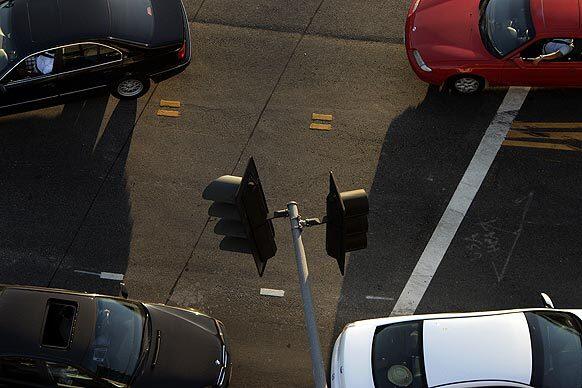
Mid-week traffic gets the green light at Sepulveda Boulevard and Dickens Street in Sherman Oaks. Commuters say they want less traffic, but they dont want to be forced to alter their habits, planners say. (Richard Hartog / Los Angeles Times)
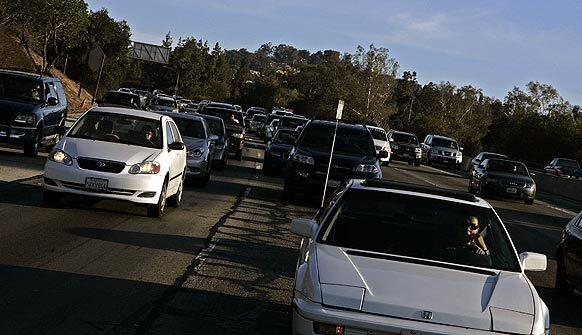
Drivers are stuck in bumper-to-bumper traffic on the northbound 405 near the 101. The solo commute reigns in Southern California, with the majority driving alone. (Richard Hartog / Los Angeles Times)
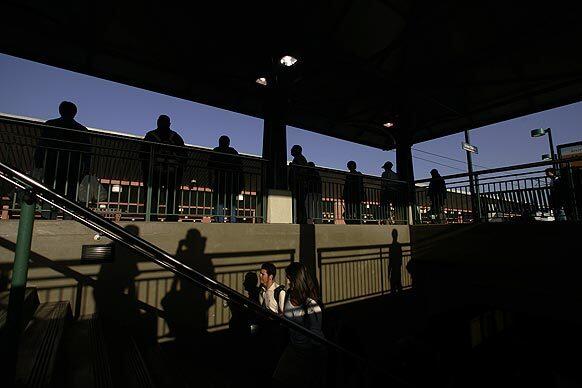
Late afternoon riders wait for trains at the Metro Gold Line station in downtown Los Angeles. Despite a $7-billion investment in light rail and subway lines, transit companies in L.A. County have not been able to increase their market share. (Richard Hartog / Los Angeles Times)
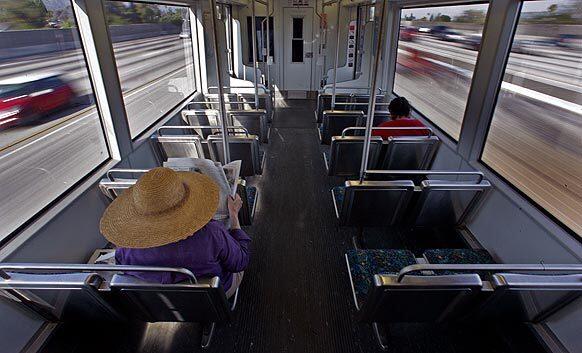
A Metro Gold Line car is practically empty as drivers whiz by. The L.A. County rail system has a mere 250,000 boardings on an average weekday. (Richard Hartog / Los Angeles Times)
Advertisement
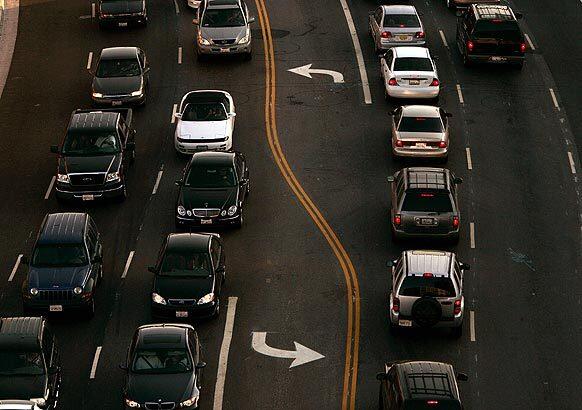
Traffic backs up on Sepulveda Boulevard in Sherman Oaks. A 2% drop in the number of cars on the roads at rush hour was enough to keep traffic moving freely during the 1984 Olympics in Los Angeles, but it seems commuters aren’t willing to change their behavior. “The fact that we are inhospitable to all of the solutions must indicate we would rather have the problem as we have it now than solve the problem,” said a Rand Corp. transportation expert. (Richard Hartog / Los Angeles Times)







